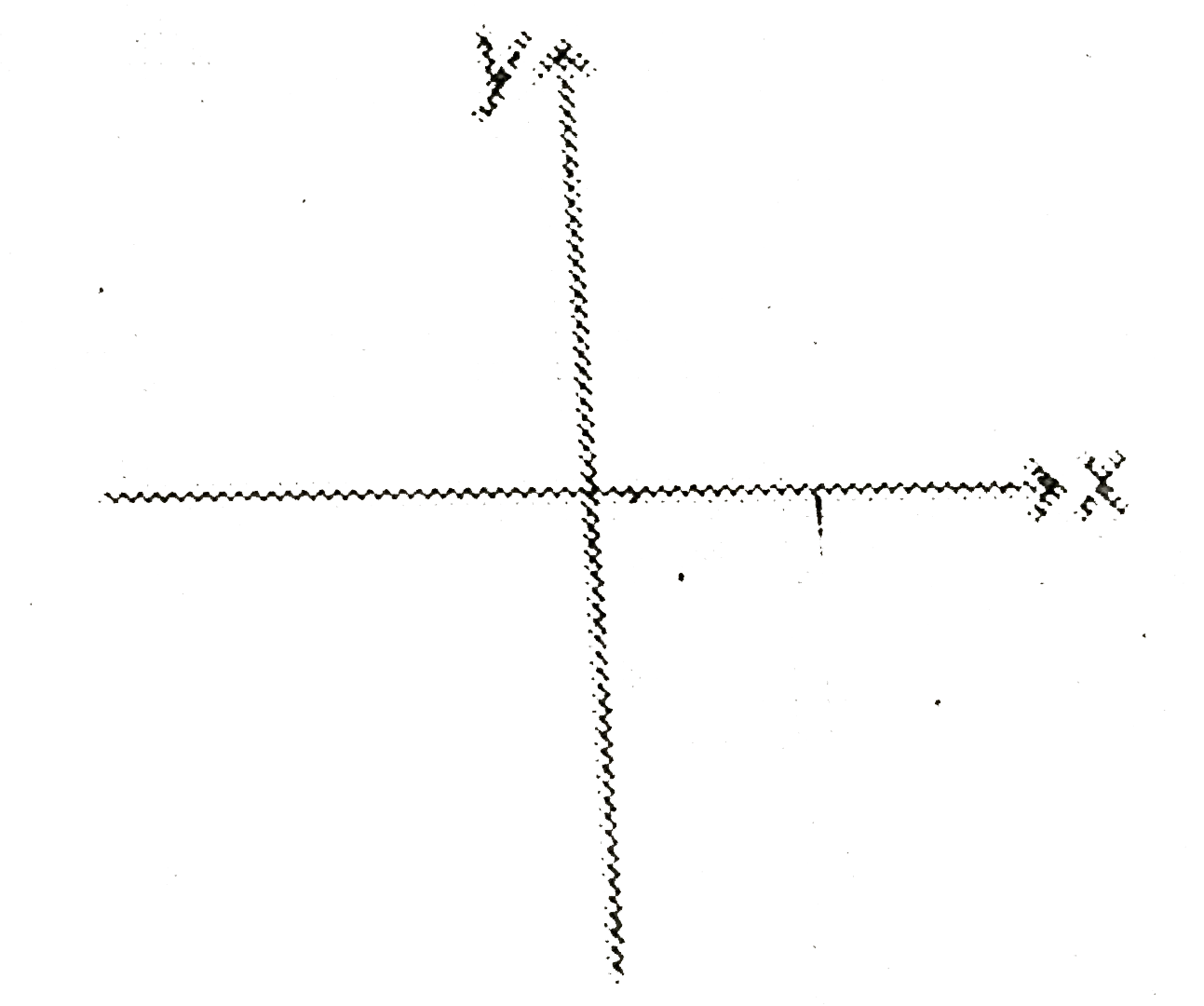A particle is subjected to two mutually perpendicular simple harmonic motions such that its X and y coordinates are given by X=2sinωt , y=2sin(ω+π4)
The path of the particle will be:
A
an ellipse
B
a straight line
C
a parabola
D
a circle
Video Solution
Text Solution
The correct Answer is:A
x=2sinωt &
y=2sin(ωt+π4)=√2sinωt+√2cosωt
⇒x2+y2−√2xy=2
which represent oblique ellipse
|
Topper's Solved these Questions
- SIMPLE HARMONIC MOTIONBOOK - ALLENCHAPTER - SIMPLE HARMONIC MOTIONEXERCISE - Exercise-02
19 Videos
- SIMPLE HARMONIC MOTIONBOOK - ALLENCHAPTER - SIMPLE HARMONIC MOTIONEXERCISE - Exercise- 3 Match The Column
1 Videos
- SIMPLE HARMONIC MOTIONBOOK - ALLENCHAPTER - SIMPLE HARMONIC MOTIONEXERCISE - Example
1 Videos
- RACEBOOK - ALLENCHAPTER - RACEEXERCISE - Basic Maths (Wave Motion & Dopplers Effect) (Stationary waves & doppler effect, beats)
25 Videos
- TEST PAPERBOOK - ALLENCHAPTER - TEST PAPEREXERCISE - PHYSICS
4 Videos
Similar Questions
Knowledge Check
A particle is subjected to two mutually perendicular simple harmonic motion such that its x and y coordinates are given by :
x=2sinω & y=2sin(ωt+π2)
The path of the particle will beAan ellipseBa straight lineCa parabolaDa circleA particle is subjected to two mutually perpendicualr simple harmonic motions such that its x and y-coordinates are given by
x=sinωt, y=2cosωt
The path of the particle will be :Aan ellipseBa straight lineCa parabolaDa circleThe motion of a particle is given by
y=asinωt+bsinωt
The motion of the particle isAnot a S.H.M.BS.H.M. with amplitude (a + b)CS.H.M. with amplitude (a+b)/2,DS.H.M with amplitude √a2+b2
The motion of a particle is given by x=Asinωt+Bcosωt. The motion of the particle is
View SolutionThe motion of a particle is given by x=Asinωt+Bcosωt. The motion of the particle is
View SolutionA particle is acted simultaneously by mutually perpendicular simple harmonic motion x=acosωt and y=asinωt. The frequency of motion of the particle will be
View SolutionA particle is acted simultaneously by mutually perpendicular simple harmonic motions x=a cosωt and y=asinωt. The trajectory of motion of the particle will be
View SolutionA particle is subjected to two simple harmonic motions along x and y directions according to x=3sin100πt, y=4sin100πt.
View Solution

